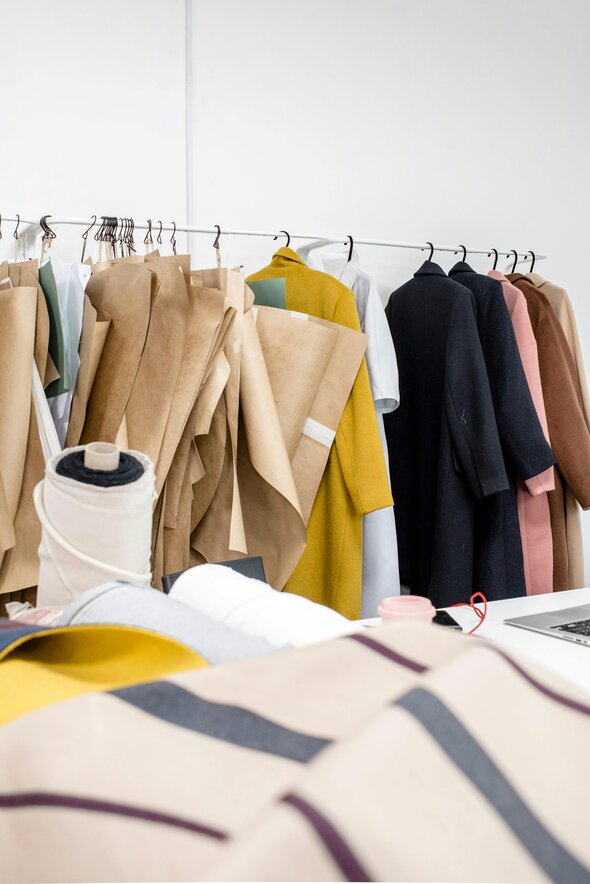Hey fashion, it’s time for a new look!
Why ESPR Compliance Matters
1. Become EU sustainability leaders: By proactively complying with the ESPR, brands can establish themselves as frontrunners in eco-friendly fashion. This can attract eco-conscious consumers and boost brand reputation.
2. Future-proof their business: The ESPR reflects a growing global shift towards sustainable practices. Early compliance ensures brands are well-positioned for this future and avoid potential disruptions later. Brands ignoring the ESPR risk losing EU market access through bans, facing fines, and damaging their reputation among sustainability-conscious consumers, potentially leading to significant sales losses.
3. Unlock new markets: Consumers are increasingly demanding sustainable options. Compliance with the ESPR opens doors to a wider customer base, particularly within the environmentally conscious EU market.
By taking action now, brands can seize the initiative and turn the ESPR into a springboard for success!
Leveraging CircKit for green claims compliance
CircKit can be a valuable ally in substantiating your green claims. By offering true visibility into the impact of your products, CircKit can automatically generate and compare Life Cycle Assessments (LCAs) for your products, demonstrating your environmental impact improvements season-to-season.
What’s more, with CircKit Publish, you can shout about your sustainability stats with full confidence across your sales channels using Green Claims-compliant widgets and plugins to show consumers all the positive changes you’ve made as a brand! It’s all about progress over perfection.
The EU’s Green Claims Directive is a game-changer for the fashion industry, pushing for transparency and genuine sustainability. By understanding and complying with this directive, fashion marketers can not only do their part in staying ahead of legislation but can also contribute to building a stronger, more trusted brand in an increasingly eco-conscious market. Embracing these changes not just as a regulatory necessity but as an opportunity to lead the charge toward a more sustainable future in fashion, is the key.
Want to start making green claims that matter? Create your CircKit account to get started!
Revolutionise Your Fashion Design with Real-Time Environmental Impact Insights
Feeling a bit overwhelmed? We understand! Traditionally, measuring the true impact of a garment wasn't possible until after it was created. This approach costs both time and money and doesn't guarantee compliance with legislation like the ESPR. That's why we developed Simulate.
Simulate transforms your design process by providing powerful insights to refine your products. Compare the impacts of various compositions, fabrics, finishes and design choices to achieve the perfect balance of cost, sustainability, and circularity, ensuring your products have long, circular lives. Access real-time information across nine planetary boundaries as you design, before creating samples.
Want to learn more or start using Simulate today? Create your CircKit account to get started.



